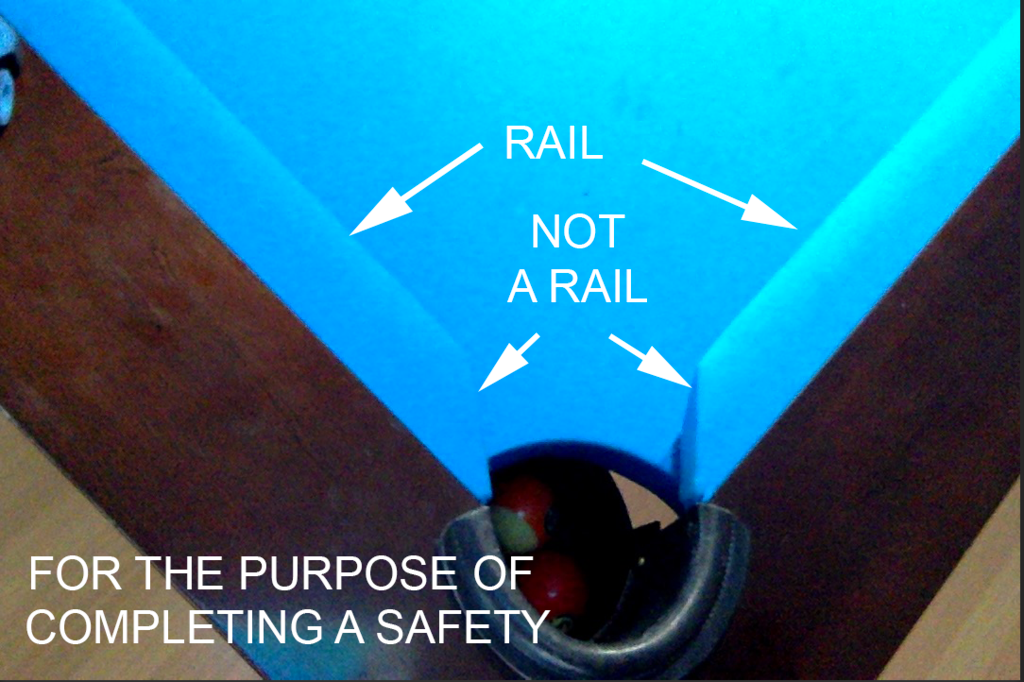This is a rule listed for OP at the Derby City Classic:
"Trapping or Wedging the Cue Ball: It is a foul if you deliberately trap or wedge the cue ball in the jaw of the pocket. In addition to the foul penalty, your opponent receives cue ball in hand behind the head string."
I cannot find this rule in the onepocket.org rules or elsewhere.
How does one determine that the cue ball has been trapped or wedged in the pocket? What does "wedge" mean in this context? I have heard this word used in the context of a cluster of balls up table but not for a cue ball in the jaws of a pocket.
Jim
"Trapping or Wedging the Cue Ball: It is a foul if you deliberately trap or wedge the cue ball in the jaw of the pocket. In addition to the foul penalty, your opponent receives cue ball in hand behind the head string."
I cannot find this rule in the onepocket.org rules or elsewhere.
How does one determine that the cue ball has been trapped or wedged in the pocket? What does "wedge" mean in this context? I have heard this word used in the context of a cluster of balls up table but not for a cue ball in the jaws of a pocket.
Jim

